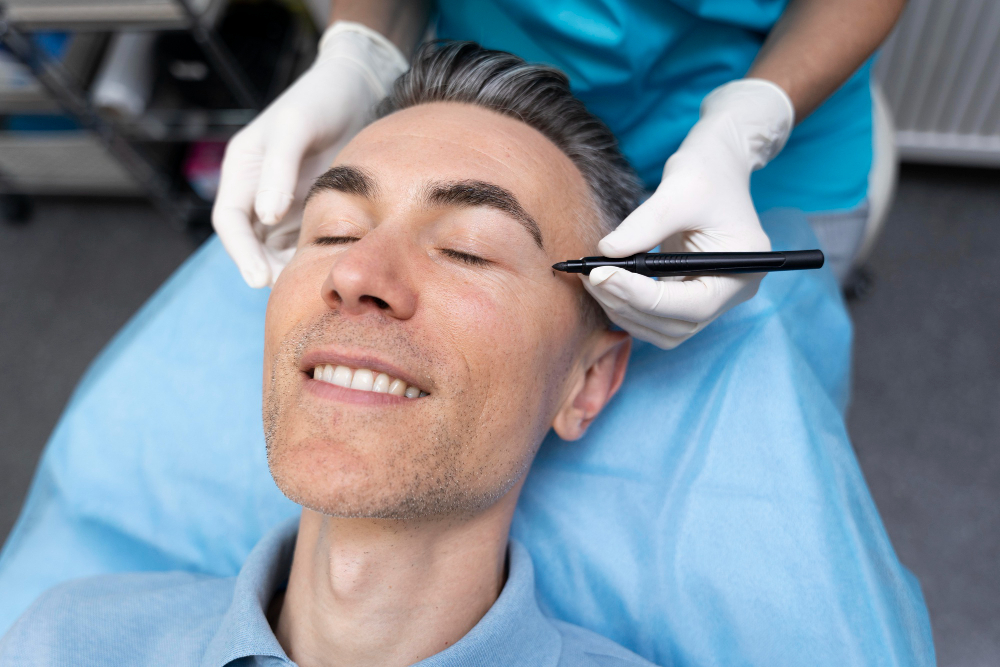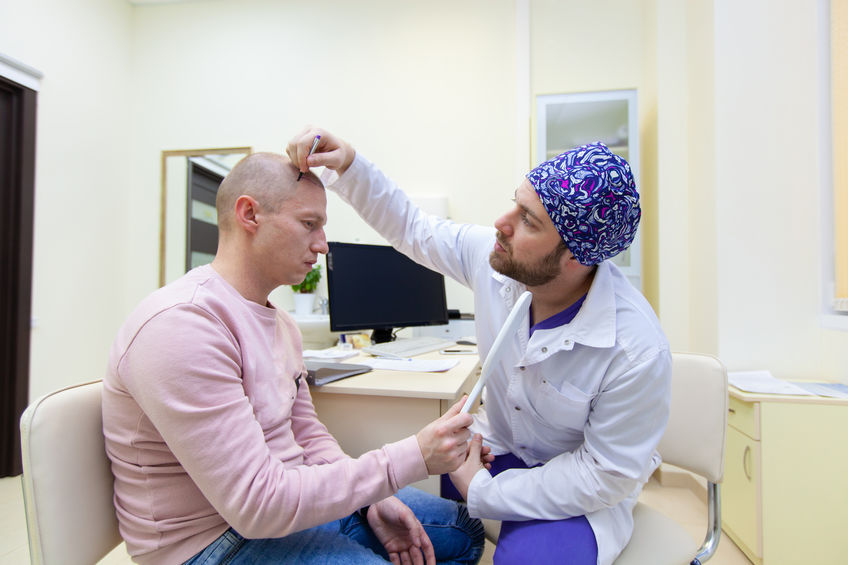Every year, thousands of patients cross borders to restore their hair at a lower cost.
Istanbul attracts a growing share of this demand with its graft + hotel + transfer packages that combine comfort, clear pricing, and medical expertise. The challenge often arises when comparing offers: varying prices, inconsistent service levels, vague guarantees. How can you be sure the package truly delivers on its promises? To help you see clearly, here’s what you need to know before committing.
Why So Many Patients Choose Istanbul for Their Hair Transplant
Many people hesitate before taking the plunge. Losing hair may seem trivial, but the emotional toll is real. Over time, some begin avoiding photos. Others change hairstyles to hide thinning areas. Finding a solution becomes a priority. In this context, Istanbul often becomes the obvious choice.
The packages offered there are attractive for one simple reason: everything is included. The procedure, the stay, transfers, follow-up. The cost is usually much lower than in France. Yet, the service level is surprisingly high. Comfortable hotels, private vehicle transfers, full support—nothing is left to chance. Even the medication is provided in advance. The patient only needs to book their flight.
Some arrive with doubts. They leave with a smile. Care begins right at the airport. Teams are punctual, warm, and reassuring. The procedure takes place in a modern operating room with up-to-date equipment. From hospitality to care to comfort, everything is designed to make the stay smooth. This blend of medical expertise and attentive service makes all the difference. Patients feel supported, understood, and respected.
Different Techniques for Different Needs and Budgets
Each scalp requires a tailored approach. Turkish clinics understand this well. They offer several methods, each suited to a specific need. FUE remains the most common—it strikes a good balance between density and fast healing. The Sapphire version appeals for its added precision. Others opt for DHI, a more delicate technique that doesn’t require prior channel opening.
Prices vary according to the technique. A Sapphire FUE package with 4,000 grafts may cost around €2,400. The DHI version can go beyond €3,000. Mega sessions with over 5,000 grafts take more time and staff. They often come with longer stays, extended follow-up, and additional care.
Packages aren’t just about surgery. They include hotel stays, transport between locations, sometimes meals, and post-operative care. Some patients prefer simple packages; others want comprehensive support. Options like PRP treatments or lifetime guarantees also exist. The goal remains the same: to offer a clear, safe, and comfortable framework. Patients know what to expect and stay in control of their choices.
Significant Savings Without Compromising on Quality
Comparing prices often leads to serious thought. In France, a 4,000-graft transplant can easily exceed €6,000. In Switzerland, prices climb even higher. Yet the procedure itself remains the same. The tools, techniques, and outcomes are similar. Only the price tag changes. In Turkey, a full package can cost less than half.
This difference doesn’t stem from lower quality. It comes from a different economic context. Rent, salaries, and operating costs are not the same. Medical tourism in Turkey is highly organized. Clinics treat dozens of foreign patients every day. The system is fine-tuned. Everything runs efficiently. This high volume allows for competitive pricing without sacrificing quality of care.
Some fear the distance. But feedback is reassuring. Online reviews often highlight professionalism, cleanliness, punctuality. Medical staff speak multiple languages. Patients continue to receive support after returning home. Photos, calls, advice—follow-up continues remotely. This ongoing care builds trust. It shows that the relationship doesn’t end with the surgery. It continues to ensure results that meet expectations.
Several Factors Can Influence the Final Price
The listed price isn’t always fixed. Several factors can affect the total cost. The number of grafts is key. A longer procedure requires more resources. A 3,000-graft session will cost less than one with 5,500. The chosen method also matters. DHI, being more complex, often requires more staff and time.
The level of comfort during the stay plays a role too. A standard hotel costs less than a luxury one in the city center. Some packages include extras: PRP treatments, medical shampoos, extended follow-up. Others offer VIP transfers, rooms with full service, or even a 24/7 personal assistant. Each option adds to the budget—but also brings more comfort, peace of mind, and sometimes better recovery.
There are also differences between clinics. Some have excellent reputations; others rely on word-of-mouth. The most well-known facilities often charge slightly higher rates. But the difference is justified by experience, transparency, and the guarantees offered. A good choice isn’t based on price alone. It also depends on clear information, the quality of human contact, and the feeling of trust before departure.
Testimonials Speak Louder Than Brochures
Stories shared online help future patients understand what to expect. They provide a real picture of the experience. Many describe a warm welcome, flawless organization, and unexpected comfort. Stress often disappears after the first conversation with the clinic. Everything is clearly explained. Nothing is left in the dark.
A 34-year-old man recently shared his story. He chose a DHI transplant with 4,200 grafts. The package included a 5-star hotel, private transfers, and several months of medical follow-up. He paid around $4,500. For him, every step was handled with precision. He was impressed by the level of support. He even compared the experience to an urban retreat—comfortable and caring.
This kind of feedback is common. Patients highlight the clarity of communication, the staff’s availability, and the kindness of the teams. The visible results after a few months reinforce this positive impression. Hair grows back, density returns, perspective shifts. Most importantly, confidence comes back too. For many, the transplant is more than a physical transformation—it marks a deeper turning point.


